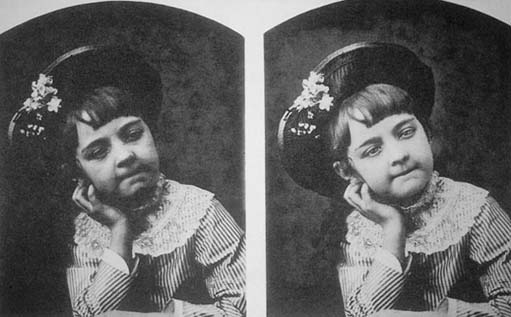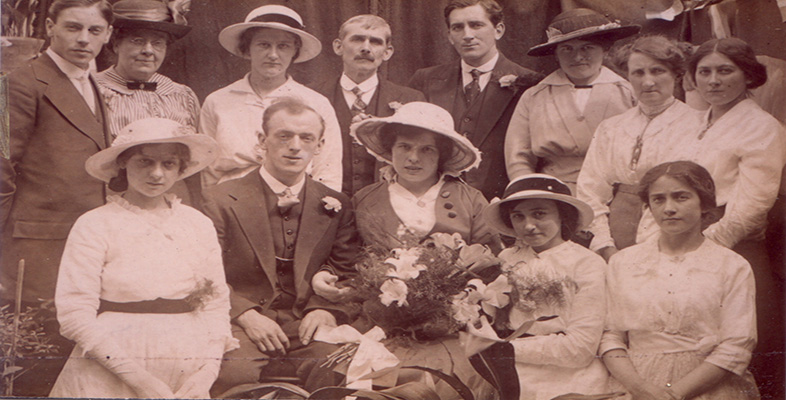4.10 Retouching
In addition to the efforts made before exposure to show sitters at their best, portrait photographers regularly retouched the negative to remove or improve any perceived defects or blemishes. Before the 1860s, in Britain retouching was generally criticized for interfering with the ‘truthfulness’ of the photographic image. By the mid-1860s, however, the issue became the subject of intense debate and discussion and the journals published details of the various techniques available at the time. Retouching became an established component of commercial practice, though a small minority of purists continued to denounce it. Image 39, from the frontispiece of an early manual on retouching, shows a before-and-after portrait intended to demonstrate the benefits of the practice.

By working on the negative photographers could tone down or remove spots, freckles, warts, bags under the eyes and double chins, reduce waists, neaten figures and make those adjustments necessary to satisfy the concerns of both photographer and sitter. A certain amount of retouching would be undertaken as a matter of course, such as the removal of blemishes or freckles. The issuing of proof prints before the final order gave customers the opportunity to suggest any adjustments they would wish to have introduced.
Retouching was not confined to the negative. Work could also be undertaken on the surface of the photographic print. This was common on enlargements. As the retouching medium can age differently from the print surface these touches can often appear obvious and crude today.
